IAF
SOURCE: RAUNAK KUNDE / NEWS BEAT / IDRW.ORG
MGMP.jpeg)

A high-level committee tasked with evaluating the Indian Air Force’s (IAF) fighter jet acquisition strategy is reportedly considering repeat orders for 36 Dassault Rafale jets as an interim measure. This comes as a temporary solution before the long-awaited Multi-Role Fighter Aircraft (MRFA) program gains final approval.
The idea of additional Rafale purchases has been floated before. The late Chief of Defence Staff (CDS) General Bipin Rawat had advocated for batch orders to address the IAF’s immediate needs, a sentiment echoed by former IAF Chief RKS Bhadauria. However, this approach faced resistance from his successor, Air Chief Marshal V.R. Chaudhari, who believed that limited acquisitions might delay or undermine the MRFA program.
Continue readingSOURCE: RAUNAK KUNDE / NEWS BEAT / IDRW.ORG


India’s strategic defense planning faces new challenges as Dassault Aviation’s production backlog for the Rafale fighter jet has ballooned to 228 aircraft. This significant increase in orders has raised questions about the timeline for India’s acquisition of additional Rafale jets, particularly for the Indian Navy’s naval variant, the Rafale M.
According to recent assessments, if Dassault manages to produce an average of 20 Rafales per year in 2024 and 2025, 188 aircraft remain to be delivered between 2026 and 2033. This scenario would necessitate a ramp-up in production to almost 24 aircraft per year from 2026 onwards. While this rate is considered achievable by some experts, given Dassault’s previous success in boosting production when catering to orders from Egypt, India, and Qatar, it still poses logistical and supply chain challenges.
Continue readingSOURCE: RAUNAK KUNDE / NEWS BEAT / IDRW.ORG
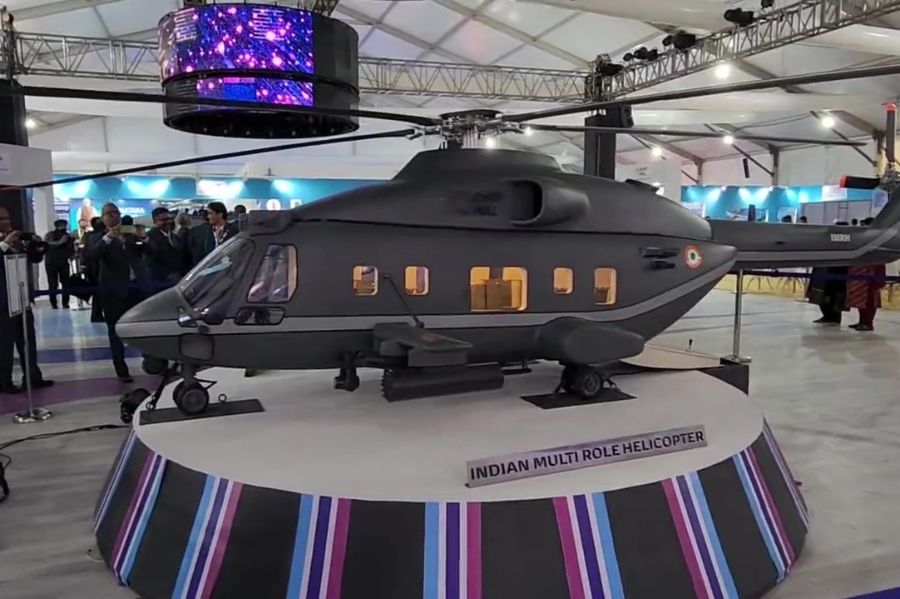

The Indian Multi-Role Helicopter (IMRH), being developed for the Indian Army and Indian Air Force, is projected to cost approximately ?250 crores (29-30 million USD) per unit. This figure represents a 61% increase over the base price of the Russian Mi-17-5 helicopters that the IMRH will replace. Despite the higher cost, the IMRH promises to deliver advanced capabilities, enhanced safety, and superior technology, making it a worthwhile investment for India’s defense forces.
The IMRH project, a collaborative effort involving India’s Hindustan Aeronautics Limited (HAL) and France’s Safran, aims to equip the Indian Armed Forces with a helicopter that surpasses its predecessors in performance, safety, and technology.
Continue readingSOURCE: RAUNAK KUNDE / NEWS BEAT / IDRW.ORG
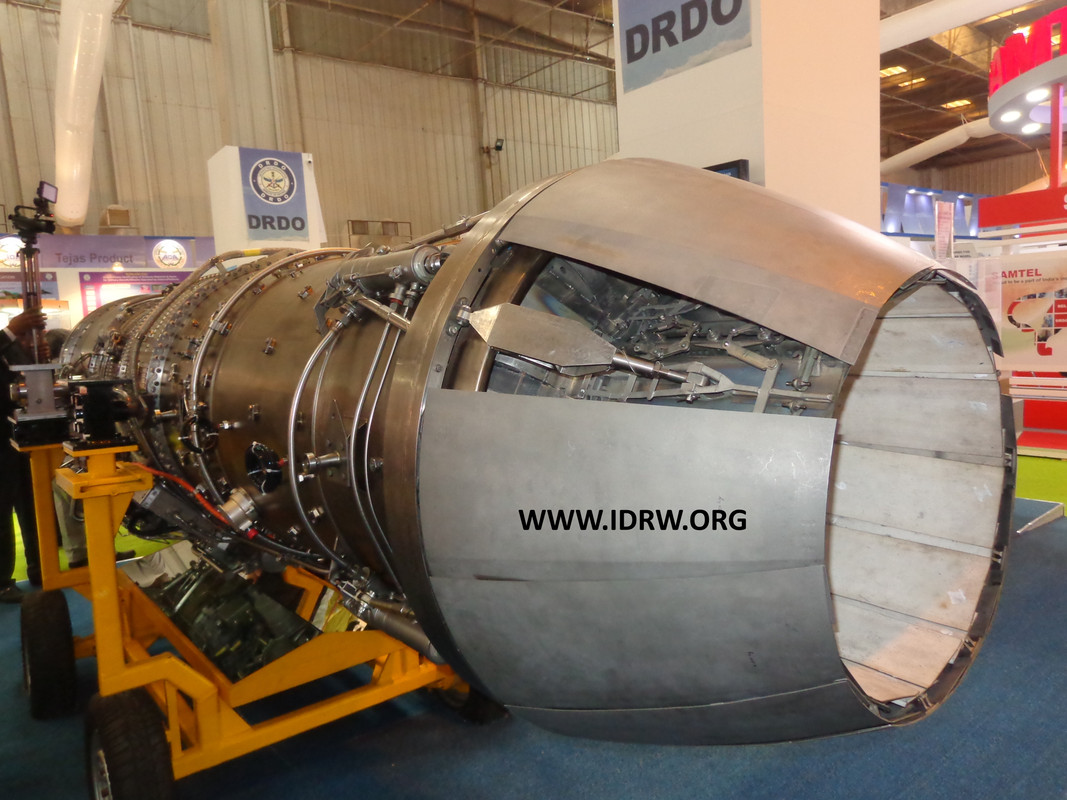

The Gas Turbine Research Establishment (GTRE), the Indian defence research body responsible for developing Indigenous jet engines, is actively pursuing a significant leap in India’s defence capabilities. Speaking to idrw.org on the condition of anonymity, a GTRE official revealed that once the Dry Kaveri+ Afterburner section is successfully tested on a flying testbed, GTRE will propose a government funding request for the development of a 90 kN engine. This new engine, an enhanced variant of the current Kaveri engine, is aimed at replacing the F-404 engines on the Tejas Mk1A fighter jets within the next decade.
The primary objective behind this development is to create a new generation of Kaveri engines capable of generating 20-25% more thrust than the existing Dry Kaveri engine. This increase in power will be achieved by refining the core of the Kaveri engine, which is currently under development. Once the enhanced core is validated, it will be coupled with a new afterburner section, enabling the engine to generate 90 kN of thrust, making it a capable replacement for the F-404 engines currently powering the Tejas Mk1A fleet.
Continue readingSOURCE: RAUNAK KUNDE / NEWS BEAT / IDRW.ORG


An Indian Air Force (IAF) official has dismissed claims that the incoming Trump administration in the United States would pressure India to procure American fighter jets for its Medium Role Fighter Aircraft (MRFA) program. Speaking to idrw.org, the official clarified that all foreign fighter jets competing in the MRFA tender would be evaluated on a level playing field, without any undue political influence favoring U.S.-made aircraft.
This statement comes in response to a report by an American-owned Indian website that speculated the Trump administration might use its political leverage to push for the selection of one of the three U.S.-origin combat aircraft in contention for the MRFA contract. The report suggested that such a move could serve as “blood money” to diplomatically resolve the politically sensitive Pannun dispute, currently under legal proceedings in a New York court. It implied that the U.S. might firewall Indian officials and leaders from allegations in exchange for a favourable decision in the MRFA tender.
Continue readingSOURCE: RAUNAK KUNDE / NEWS BEAT / IDRW.ORG


A senior Indian Air Force (IAF) official, responding to China’s development of its sixth-generation fighter jet, highlighted India’s potential to replicate a similar trajectory by building on the advancements from its fifth-generation Advanced Medium Combat Aircraft (AMCA) program. Speaking to idrw.org, the official emphasized that while China may have incorporated lessons and technologies from its fifth-generation J-20 program into its sixth-generation jet, India can adopt a similar approach to ensure its future fighters remain competitive.
The official underscored the importance of the AMCA program as a stepping stone for India’s aerospace ambitions. The AMCA, which is expected to make its first flight by 2028, is being developed as a 5.5-generation stealth fighter jet with advanced technologies like AI-driven avionics and mission systems, Stealth shaping and radar-absorbent materials and Next-generation sensors and electronic warfare suites.
Continue readingSOURCE: RAUNAK KUNDE / NEWS BEAT / IDRW.ORG
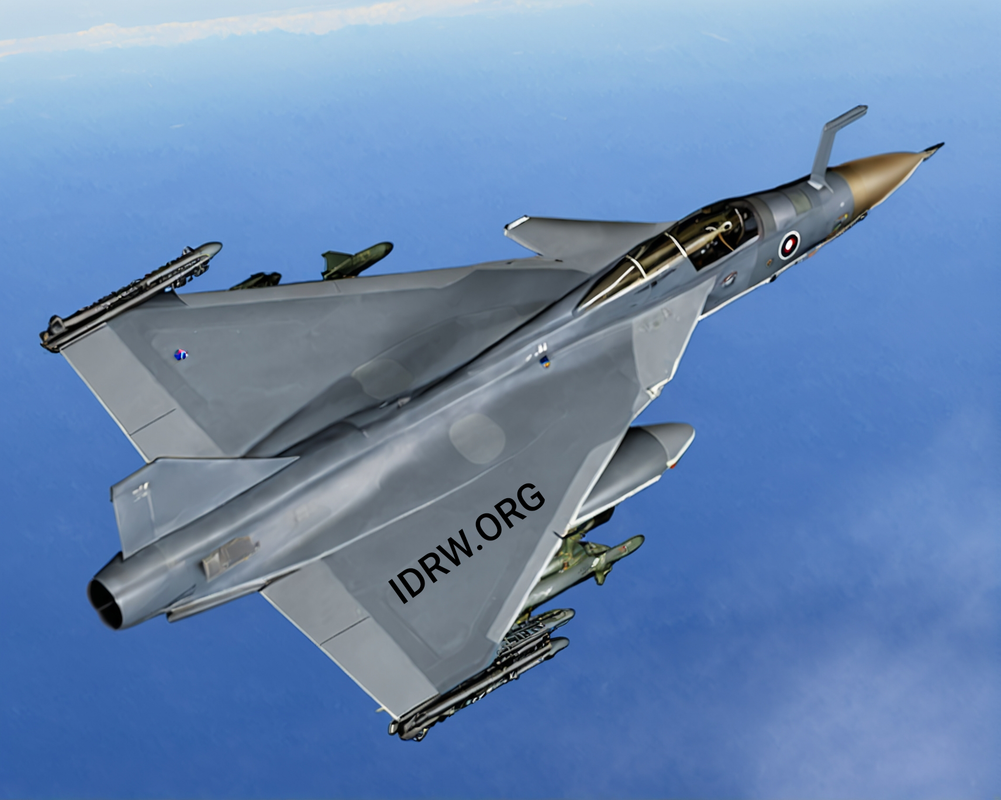

The Tejas MkII program, a significant milestone in India’s indigenous fighter jet development, is progressing smoothly under the collaborative efforts of Hindustan Aeronautics Limited (HAL) and the Aeronautical Development Agency (ADA). Both organizations are working closely to ensure that the aircraft not only makes its first flight in 2026 but also enters production by late 2029, with deliveries to the Indian Air Force (IAF) expected to commence in early 2030. This timeline is vital for the IAF, which has specific requirements for its modernization efforts and fighter fleet composition.
For the Tejas MkII to enter production at the desired time, HAL and the IAF must navigate a complex bureaucratic process. A key component of this is obtaining Clearance from the Cabinet Committee on Security (CCS), which follows the acceptance of necessity (AON) granted by the Defence Acquisition Council (DAC). The timeline for these approvals is critical; the IAF will go for CCS clearance by the end of 2027 so that the procurement process can proceed and the aircraft can be in production by late 2029.
Continue readingSOURCE: RAUNAK KUNDE / NEWS BEAT / IDRW.ORG
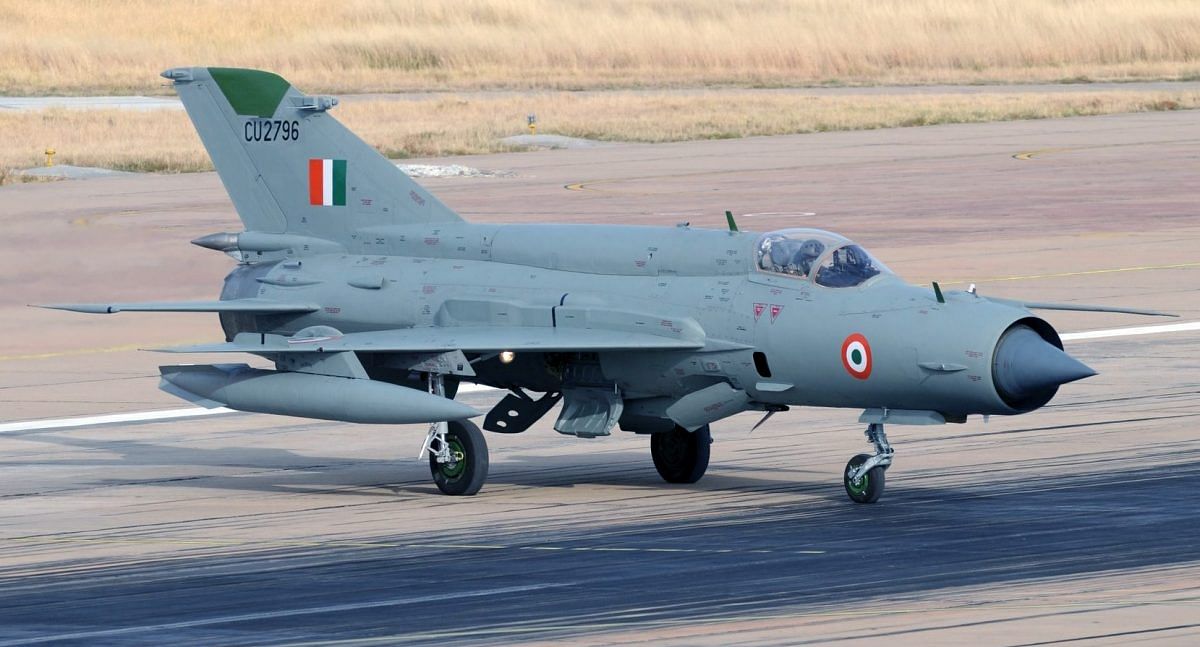

The Indian Air Force’s (IAF) iconic MiG-21 Bis fighter jets, a mainstay of India’s air power for decades, are set to retire by the end of 2025. As the final chapter of the MiG-21 Bis comes into view, discussions have emerged about the potential repurposing of these aircraft, with innovative but contentious proposals for their future use.
One of the most prominent suggestions is to convert the retired MiG-21 Bis aircraft into unmanned platforms to be used as aerial targets. These targets would serve as practice for India’s long-range air defence systems, particularly under Project Kusha, a DRDO-led program aimed at developing advanced air defence capabilities.
Continue readingSOURCE: RAUNAK KUNDE / NEWS BEAT / IDRW.ORG


In a significant advancement for India’s aerospace sector, the Gas Turbine Research Establishment (GTRE) is poised to receive a new variant of the Kaveri engine, the ‘Dry Kaveri’, manufactured by Godrej Aerospace, by February next year. This engine will undergo crucial in-flight trials using Russia’s IL-76 aircraft at Gromov Flight Research Institute (GFRI), Moscow, Russia. , a step towards its eventual integration into the Ghataak Unmanned Combat Aerial Vehicle (UCAV) program.
The Dry Kaveri engine, a derivative of the original Kaveri project, is designed to produce 48 kN of thrust without an afterburner. This specification marks a departure from earlier versions, focusing on powering unmanned platforms where the complexity and weight of an afterburner are unnecessary. Godrej Aerospace, after securing an order in September 2022 to manufacture eight modules of this engine, has been at the forefront of this indigenous effort, showcasing India’s manufacturing capabilities in high-precision aerospace components.
Continue readingSOURCE: RAUNAK KUNDE / NEWS BEAT / IDRW.ORG
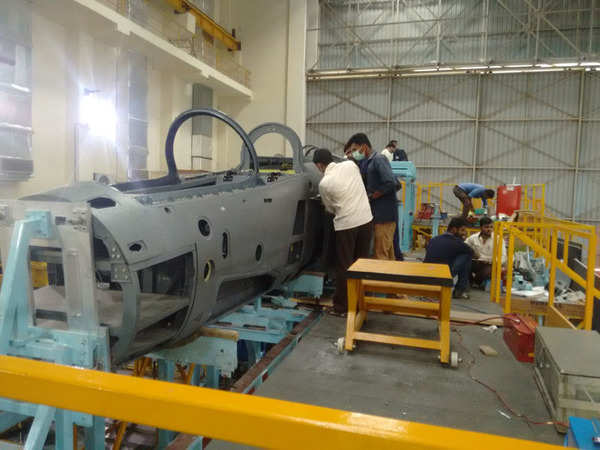

The Indian Air Force (IAF) and Hindustan Aeronautics Limited (HAL) are currently in the throes of the Contract Negotiation Committee (CNC) process, signaling a significant step towards expanding India’s indigenous fighter jet fleet. This move comes after the IAF pushed forward with a proposal to procure an additional 97 Light Combat Aircraft (LCA) Mk-1A, bolstering its combat capabilities with homegrown technology.
The proposal received an Acceptance of Necessity (AoN) from the Defence Acquisition Council, paving the way for this substantial investment in defence self-reliance. Estimated at an AoN cost of Rs 65,848 crore, this procurement underscores India’s commitment to enhancing its air force with the advanced variant of the Tejas, the LCA Mk-1A.
Continue readingSOURCE: RAUNAK KUNDE / NEWS BEAT / IDRW.ORG
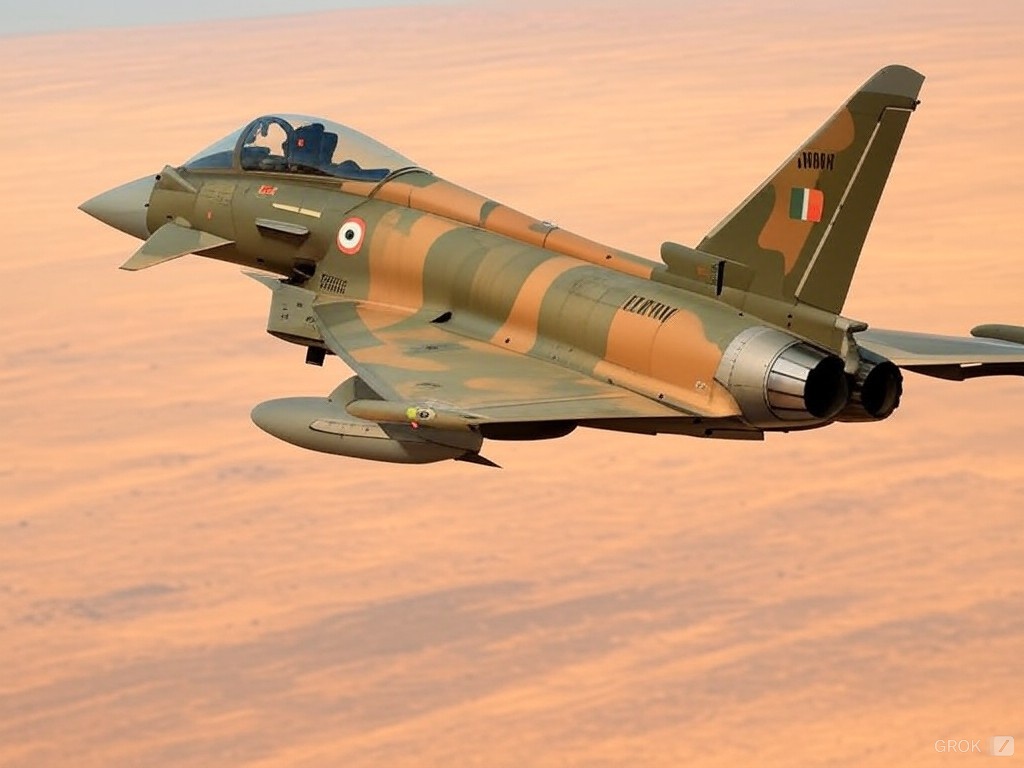

Airbus, in collaboration with the Federal Republic of Germany, is preparing to field the advanced Eurofighter Typhoon Tranche 5 for the Indian Air Force’s (IAF) Multi-Role Fighter Aircraft (MRFA) tender. This tender, anticipated to be issued by mid-2025, aims to procure 110 modern fighter jets to bolster India’s air combat capabilities.
The Eurofighter Typhoon proposal is a joint effort involving the Eurofighter consortium nations, with key industrial partners Leonardo and BAE Systems playing significant roles. During India’s Medium Multi-Role Combat Aircraft (MMRCA) competition in 2012, the Typhoon cleared all technical evaluation rounds but was ultimately outpriced by the Dassault Rafale, which emerged as the lowest bidder (L1) and secured the deal.
Continue readingSOURCE: RAUNAK KUNDE / NEWS BEAT / IDRW.ORG


The Indian Air Force (IAF) is taking proactive steps to bolster the defences of its high-value force multiplier aircraft, including Airborne Warning and Control Systems (AWACS) and in-flight refuelling tankers. These platforms are critical for extending operational range and situational awareness but are increasingly vulnerable to the evolving threat of surface-to-air missiles (SAMs), including MANPADS (man-portable air-defense systems), laser-guided threats, and radar-guided missiles.
To address these risks, the IAF is exploring the integration of advanced Airborne Missile Protection Systems (AMPS) designed to detect, verify, and counteract missile threats in real-time. Such systems would employ a combination of countermeasures, including flares, chaff, and Directional Infrared Countermeasures (DIRCM), to protect aircraft from a wide range of missile threats.
Continue readingSOURCE: RAUNAK KUNDE / NEWS BEAT / IDRW.ORG


Brazil is showing significant interest in the BrahMos-NG (Next Generation) supersonic cruise missile, an advanced weapon system jointly developed by India and Russia. Designed to deliver Mach 3 speeds while maintaining a compact size, the BrahMos-NG is being viewed as a potential armament for Brazil’s Gripen-E fighter fleet. This missile, still under development by BrahMos Aerospace, is attracting international attention due to its unique combination of speed, size, and versatility.
The BrahMos-NG is a miniaturized version of the highly successful BrahMos supersonic cruise missile. Weighing just 1.3 tons, it is comparable in size to many subsonic cruise missiles, yet capable of travelling at three times the speed of sound (Mach 3). This combination offers a significant operational advantage.
Continue readingSOURCE: RAUNAK KUNDE / NEWS BEAT / IDRW.ORG


India’s plans to increase the indigenous content in the AL-31FP aero engines, which power the Su-30MKI fighter jets, have hit a roadblock as Russia has expressed reluctance to approve further localization efforts. These engines are produced under license by Hindustan Aeronautics Limited (HAL) at its Koraput division, with the current indigenous content standing at less than 54%. HAL aims to increase this to 63% in the coming years, but challenges surrounding intellectual property and raw material sourcing have complicated the process.
Under the original transfer of technology (ToT) agreement, HAL is required to source raw materials for the production of AL-31FP engines exclusively from Russia. This restriction limits HAL’s ability to substitute components with locally manufactured parts or use Indian alloys without Russian approval. While HAL and the Gas Turbine Research Establishment (GTRE) have developed plans to replace certain assemblies and sub-assemblies with locally produced equivalents, Russia has warned that such modifications would void the engines’ warranty.
Continue readingSOURCE: RAUNAK KUNDE / NEWS BEAT / IDRW.ORG


The Indian Air Force (IAF) has announced plans to retire its fleet of S-125 Pechora (NATO reporting name: SA-3 Goa) surface-to-air missile (SAM) systems by 2030. The Pechora, which has served as a critical component of India’s air defence since the 1970s, will be replaced by the Akash NG and MRSAM systems as part of the IAF’s modernization efforts.
The S-125 Pechora was inducted into the IAF to safeguard airfields and critical infrastructure of the Ministry of Defence. Over time, a total of 30 Pechora units were deployed across the country. With 16 squadrons still in operation, the system has been a workhorse of India’s air defence network.
Continue reading